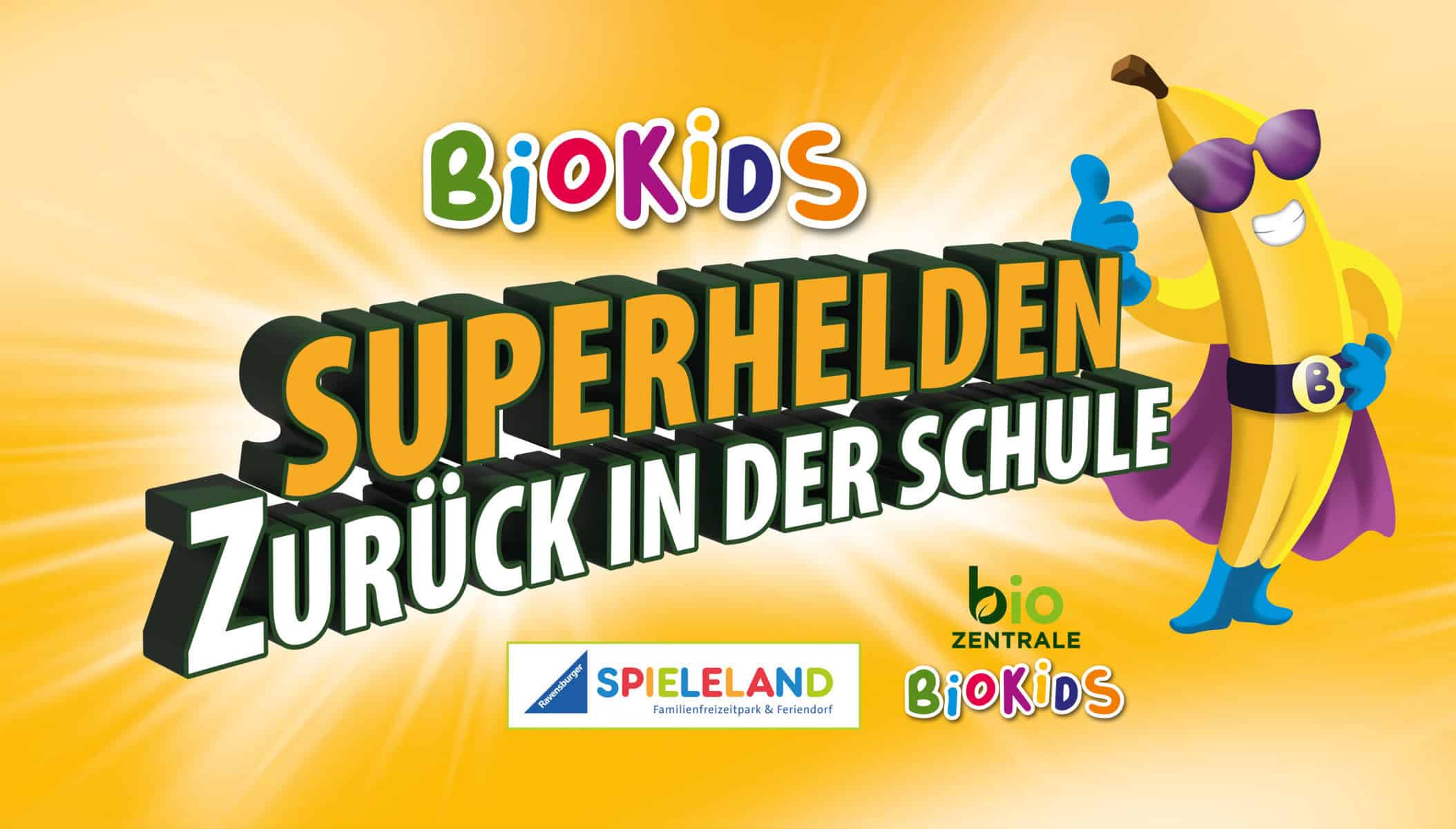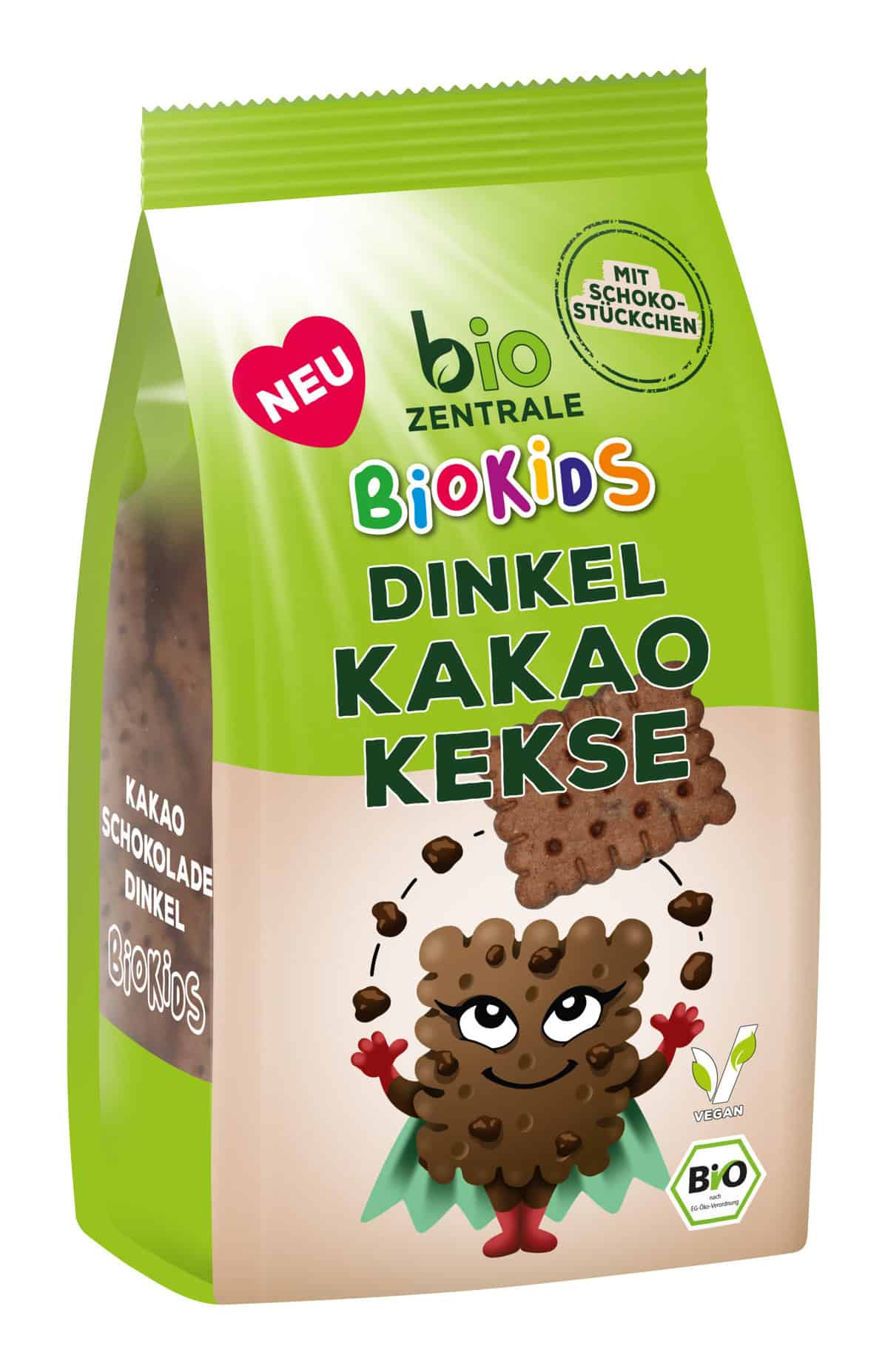Freche Freunde bringt neue Backmischungen auf den Markt
Im Januar 2025 bringt Freche Freunde erstmals drei Bio-Familien-Backmischungen in die Läden. Für Familien gibt es neue Backmischungen, die Pancakes und Waffeln zum Frühstück, Pizzaschnecken für mittags oder einen Kuchen für den Kindergeburtstag, bereithalten. Die neuen Produkte sollen Eltern entlasten, indem sie eine schnelle Möglichkeit bieten, Backwaren in Bio-Qualität zuzubereiten. Zu den neuen Produkten zählen Pancakes & Waffeln, sowie Pizzaschnecken und ein Kuchen mit Erdbeer-Topping. Die Familien-Backmischungen von Freche Freunde …
















